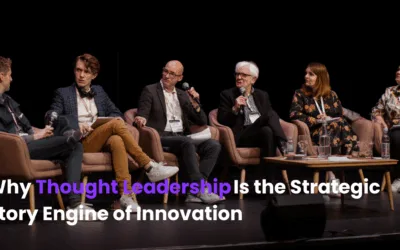Business Insider spoke with ANZ chief economist, Warren Hogan recently, to discuss the business environment, challenges for the near term future and the reasons for stagnant business investment. Taking the big picture view, Hogan explained:
Every business is challenged by top line revenue growth. Any macro business, be it a big consumer business, logistics, services or banking, we are in one way shape or form linked to the nominal growth of the economy and that’s our top line revenue growth … Where there are six projects out there and you get one of them wrong then it ruins the return on all the others. So that means the level of precision has got to be higher. [My emphasis]
With this mindset, Hogan suggests that we need to get used to a low growth world. With increasing risk aversion, big-bet investment strategies and high project risk attached to each new initiative, it appears that corporate Australia is making itself a dirty cocktail where not only are expectations low, but the appetite shrinks and future vision is curtailed.
But it doesn’t have to be this way.
When I ran some startups for PwC’s internal incubator, lead innovation partner, Trent Lund, would talk about “batting for singles rather than sixes”. Rather than putting all of our eggs into a single basket, we need to share the risk around. And this means establishing an “innovation portfolio”. It means evaluating your innovations as investments rather than seeing those vital innovation dollars disappear into multitudes of small, unscalable skunk work projects that hit your bottom line.
Over on the Firebrand blog, I explained that there are three key lessons that corporates can take from the world of startups:
- Fail + Learn = Flearn. We need to get better not at “failing” as is commonly suggested in the startup world, but better at failing and rapidly learning from that experience and iterate on our new and improved knowledge. It’s what Mick Liubinskas from Telstra Accelerator Muru-D calls “flearning”.
- One page business planning using Lean Canvases. In a rapidly changing world, we don’t have the luxury of building out a business plan over six months. The Lean Canvas is a vital tool to that delivers just-enough structure to allow you to FLEARN. You can download a sample Disruptors Canvas here.
- Become a growth hacker. There is one thing that a new initiative needs – and that is early runs on the board. Or what we commonly call “near term goals”. Show growth in your KPIs for the project – usually membership or customers – and the rest of the business will take care of itself. Business people of all persuasions need to learn to narrowly focus on growth as the uber-metric for success.
The fourth, secret lesson for corporates from the world of startups
These three lessons can yield amazing results in hours not days, and weeks not months. But they require the fourth secret lesson:
You need both INTENTION and COMMITMENT to succeed.
When we lament low growth, what we are saying is that we have “given up”. We have no intention to push beyond our current limits. And no commitment to change the ecosystem, environment or market that we operate.
When we worked recently with Qantas to produce the Qantas Codeshare Hackathon, it was a risk. It was a challenge. But we focused on the “problems worth solving” and openly tackled them – with a systemic approach in mind:
- Did we know what the results would be? No.
- Did we commit to experimenting and collaborating? Yes.
- Did we systematically overcome concerns, risks and issues? Absolutely.
- Were the results astounding? Yes, to us all.
If you have the resources, the focus and the commitment, then innovation and growth are always possible. It’s perspective, intention and commitment. Are you ready? It’s time to take a fresh look at growth and innovation investment. And that time is now.



